10 Most Famous Spanish Artists of All Time

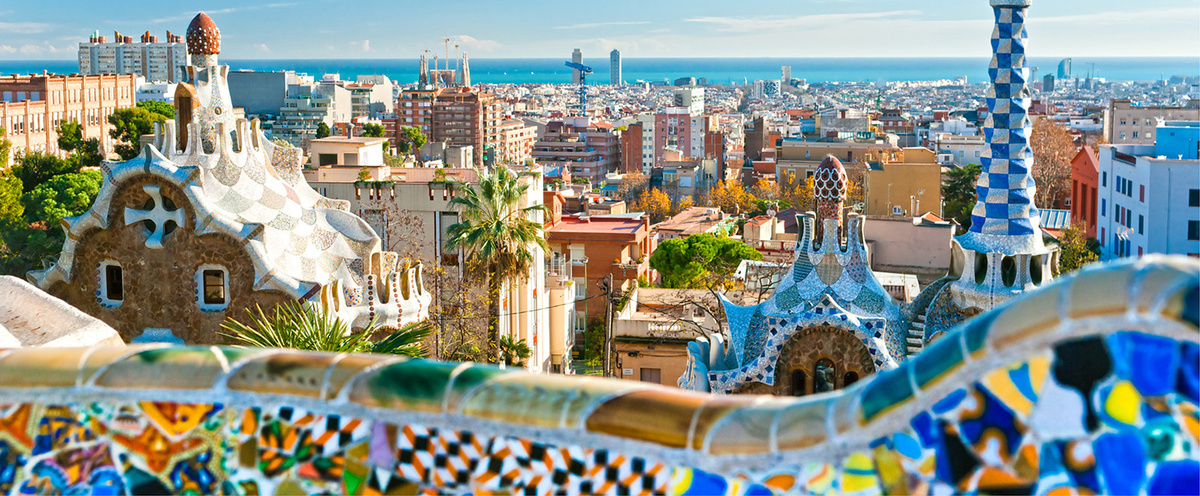
Spain’s artistic heritage is deeply rooted in its history and culture. From grand religious art to avant-garde movements like Surrealism and Cubism, Spanish artists have left a lasting mark on the world. Artists like Velázquez, Goya, Picasso, and Dalí not only shaped art in their time but continue to inspire creativity worldwide. Spanish art reflects the country's deep spirituality, political struggles, and diverse regional identities.
Spain is an art lover’s dream, with world-class museums. The Prado Museum in Madrid displays masterpieces by Velázquez, Goya, and El Greco. Museo Reina Sofía houses modern works, including Picasso’s Guernica and pieces by Joan Miró. In Barcelona, the Fundació Joan Miró focuses on Miró’s surrealist work, while the Dalí Theatre-Museum in Figueres showcases Dalí’s masterpieces.
1. El Greco (1541–1614)
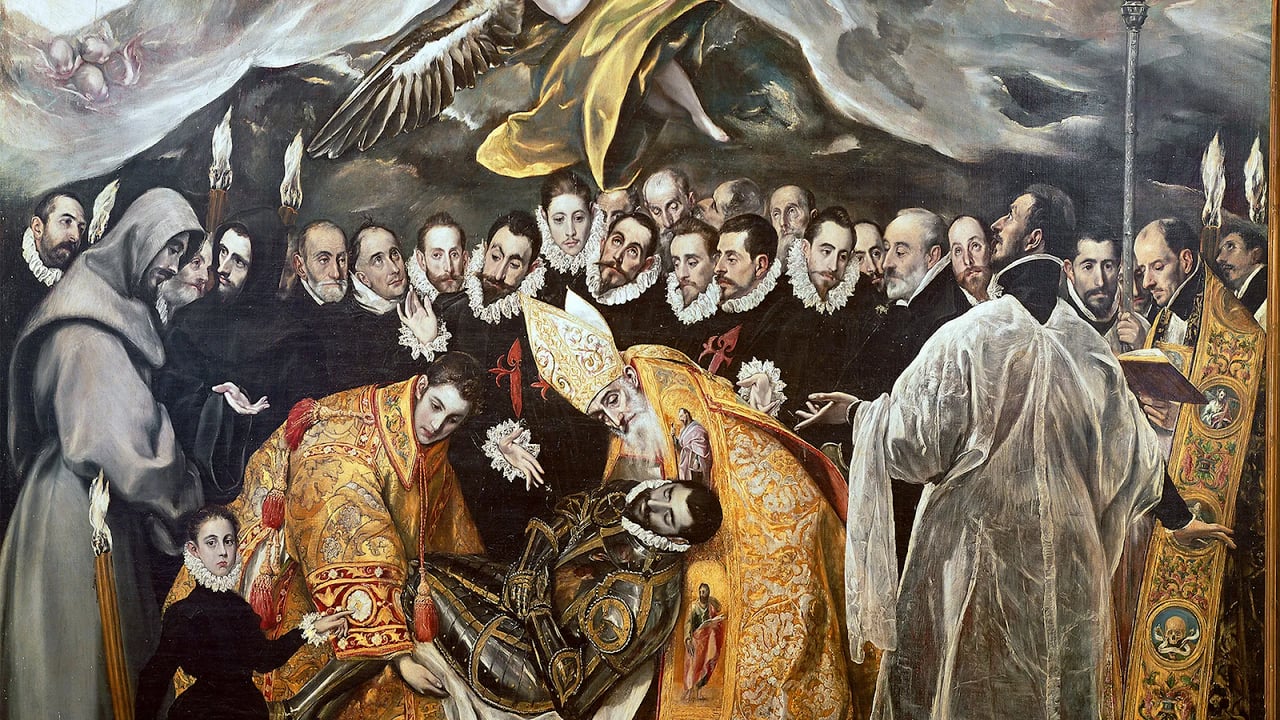
The Burial of the Count of Orgaz
El Greco was born Domenikos Theotokopoulos in Crete but became one of Spain’s most celebrated artists after moving to Toledo. His unique style blended Byzantine, Renaissance, and Mannerist influences, characterized by elongated figures, vivid colors, and dramatic lighting. His works often conveyed deep spirituality.
Famous Works: The Burial of the Count of Orgaz, The Knight with His Hand on His Chest, and Laocoon. His style defined Spanish art and left a lasting legacy.
El Greco’s works are featured in Spain’s top museums. The Prado Museum in Madrid displays several of his masterpieces, including The Adoration of the Shepherds and The Nobleman with His Hand on His Chest. In Toledo, the Museo del Greco is dedicated to his life and houses View of Toledo. You can also find his work in the Cathedral of Toledo, notably The Disrobing of Christ.
2. Diego Velázquez (1599-1660)
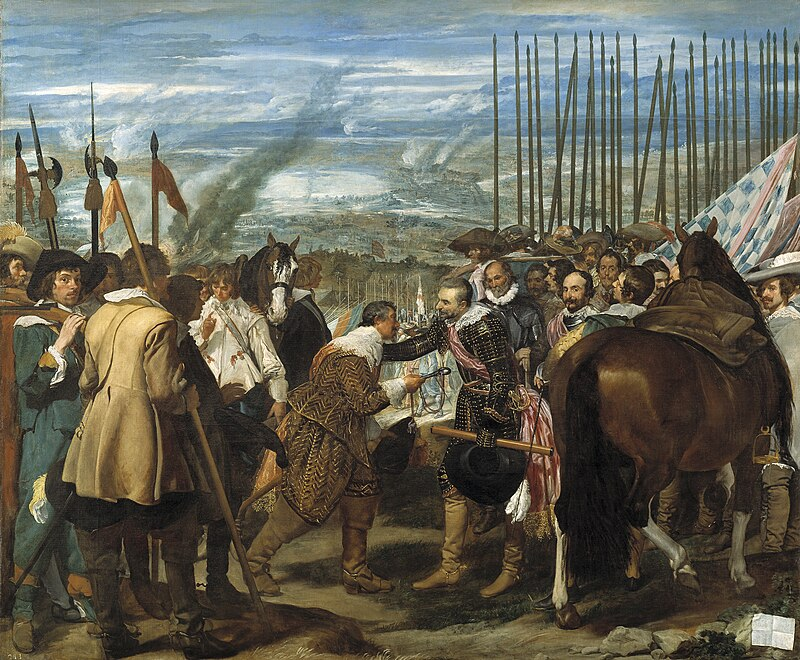
The Surrender of Breda
Diego Velázquez was a master of the Spanish Baroque and one of Spain’s most prominent artists. Born in Seville, Velázquez became the court painter for King Philip IV, where he created iconic portraits of the Spanish royal family. His mastery of light, shadow, and realism set him apart, and he was known for his subtle use of chiaroscuro.
Famous Works: Las Meninas, The Surrender of Breda, The Rokeby Venus. His influence on European portraiture is immense, and his works are considered a foundation of Western art.
Velázquez’s masterpieces are housed in Spain’s top museums. The Prado Museum in Madrid is home to Las Meninas and The Surrender of Breda, among many others.
3. Francisco Goya (1746-1828)
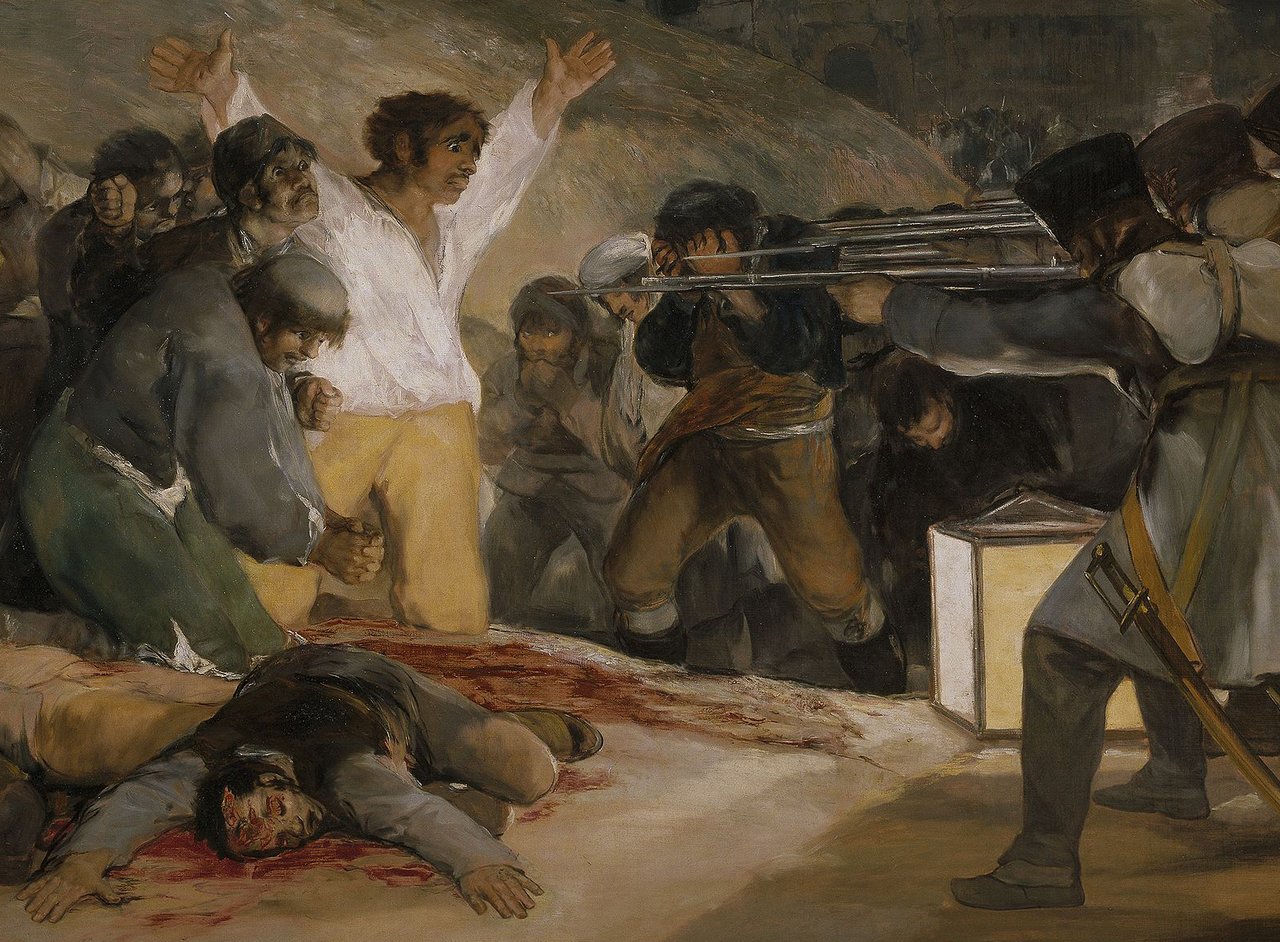
The Third of May 1808
Francisco Goya is seen as a bridge between the Old Masters and modern art. Born in Fuendetodos, Goya began his career with portraits of Spanish royalty, but his style shifted dramatically over time. His later works focused on darker themes, exploring war, suffering, and the human condition.
Famous Works: The Third of May 1808, Saturn Devouring His Son, The Nude Maja. Goya’s art deeply impacted the development of modern painting.
You can find many of his masterpieces in The Prado Museum, including The Third of May 1808.
4. Salvador Dalí (1904-1989)
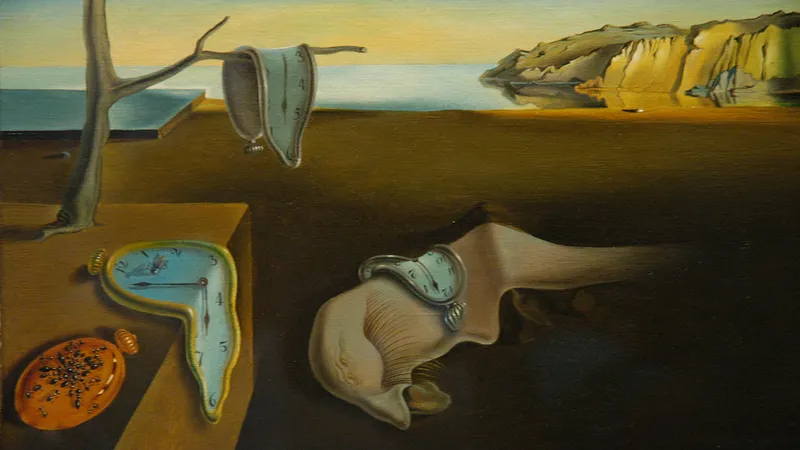
The Persistence of Memory
Salvador Dalí was a surrealist painter known for his eccentric personality and imaginative works. Born in Catalonia, Dalí’s art combined dreamlike imagery with technical precision. His exploration of the subconscious, sexuality, and time made his work unique and instantly recognizable.
Famous Works: The Persistence of Memory, The Great Masturbator, Christ of Saint John of the Cross. Dalí’s visionary style left a lasting mark on modern art.
Many of Dalí’s works can be seen at the Dalí Theatre-Museum in Figueres, Spain.
5. Pablo Picasso (1881–1973)
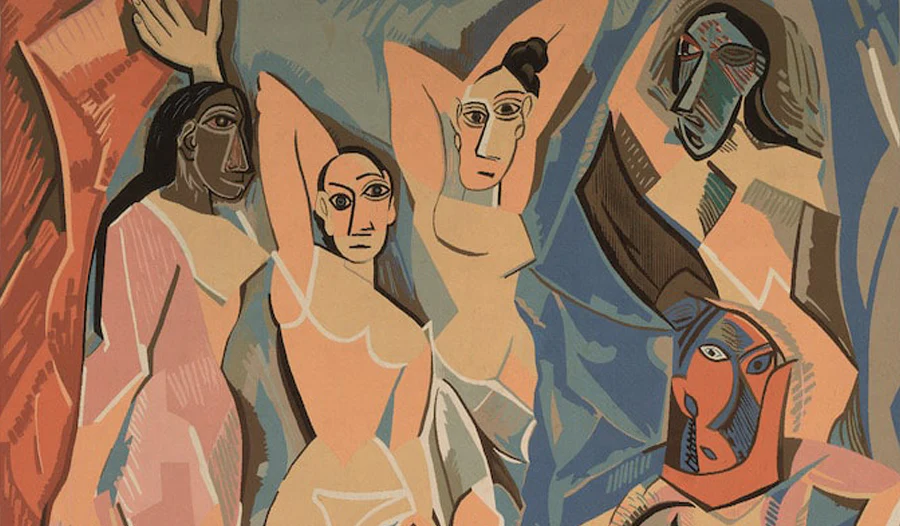
Les Demoiselles d’Avignon
Pablo Picasso is one of the most influential artists of the 20th century, known for co-founding Cubism and revolutionizing modern art. Born in Málaga, Picasso’s style evolved throughout his career, from the melancholic Blue Period to the joyful Rose Period, and later Cubism, where he broke objects into geometric forms.
Famous Works: Guernica, Les Demoiselles d’Avignon, The Weeping Woman. His constant innovation left a profound impact on modern art.
Many of Picasso’s works can be found in the Museo Picasso in Barcelona.
6. Joan Miró (1893–1983)
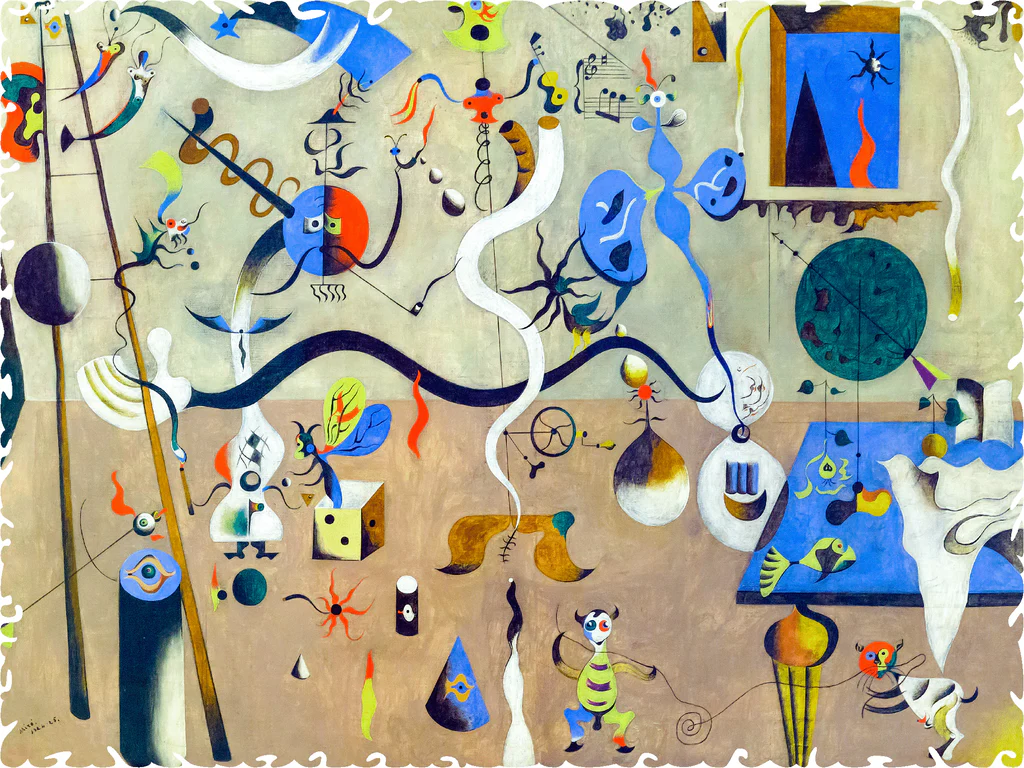
The Harlequin’s Carnival
Joan Miró was a surrealist painter, sculptor, and ceramicist, known for his playful use of shapes and colors. Born in Barcelona, Miró’s art blends abstraction and surrealism, creating dreamlike images filled with organic forms and childlike simplicity. His work was deeply influenced by the subconscious and imagination.
Famous Works: The Farm, The Harlequin’s Carnival, Woman and Bird. His innovative style has made him a key figure in 20th-century art.
You can find many of his works at the Fundació Joan Miró in Barcelona.
7. Joaquín Sorolla (1863–1923)
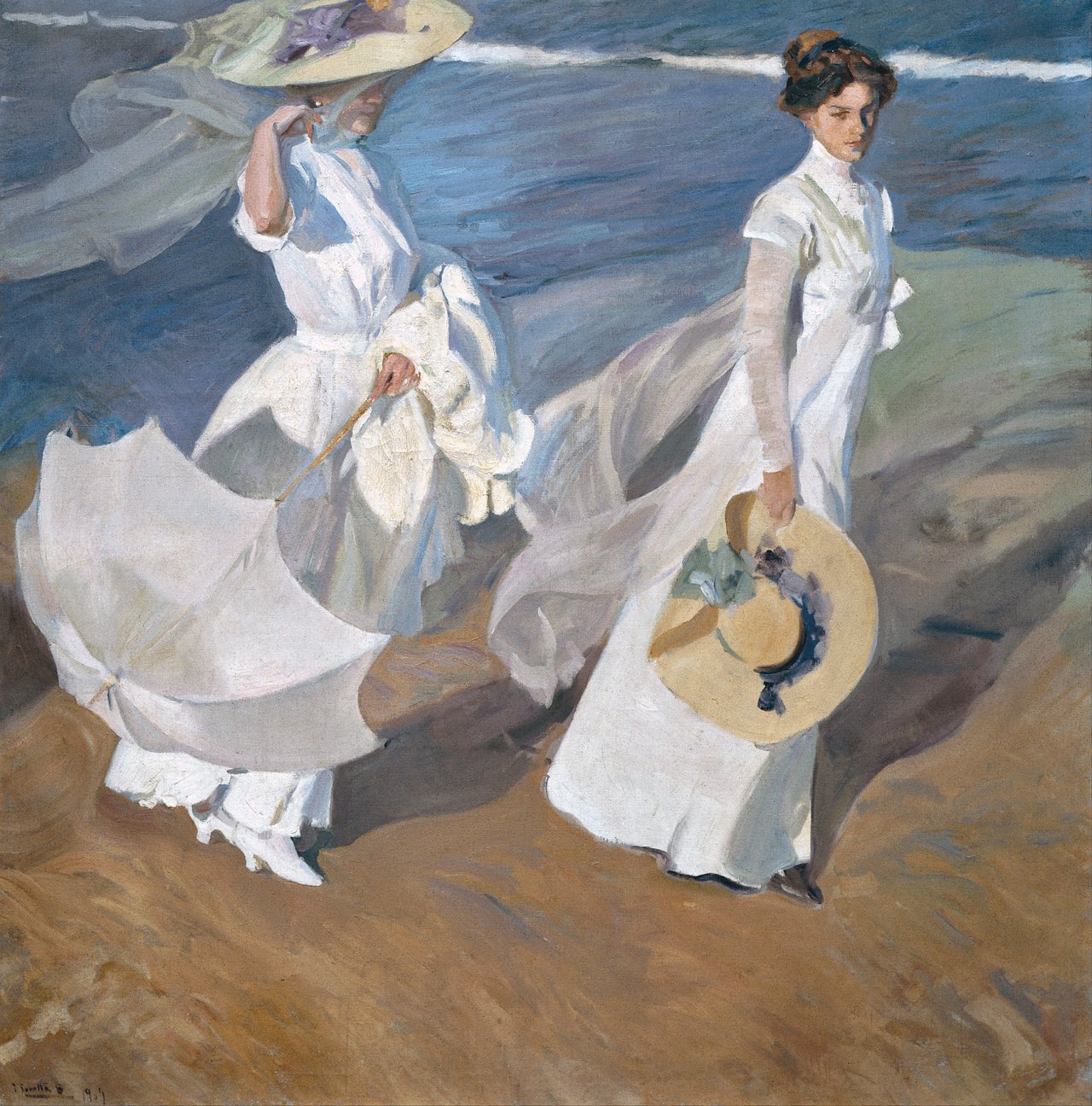
Walk on the Beach
Joaquín Sorolla was a Spanish painter known for his masterful use of light, particularly in outdoor scenes. Born in Valencia, Sorolla's work often captured the sunny beaches of his homeland, with a focus on the Mediterranean's shimmering light and vibrant colors. His scenes of daily life reflect a love of nature and movement.
Famous Works: Boys on the Beach, Walk on the Beach, Sewing the Sail. Sorolla’s vibrant, sunlit paintings earned him recognition as one of Spain's greatest Impressionists.
Many of his works are displayed at the Museo Sorolla in Madrid.
8. Juan Gris (1887–1927)
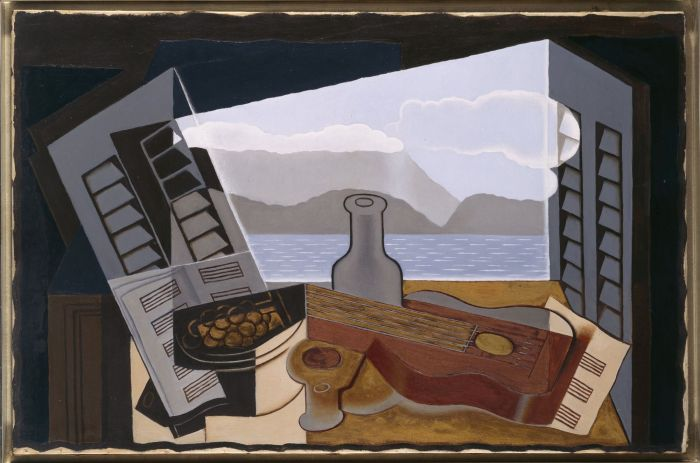
The Open Window
Juan Gris was a key figure in the Cubist movement, alongside artists like Picasso. Born in Madrid, Gris brought a unique sense of order and clarity to Cubism, using bright colors and geometric shapes. He often combined collage techniques and multiple perspectives in his works, offering a fresh take on the fragmented style.
Famous Works: Portrait of Picasso, Guitar and Pipe, The Open Window. His structured approach to Cubism helped define the movement’s evolution.
You can find his works in the Museo Reina Sofía in Madrid.
9. Antoni Gaudí (1852–1926)
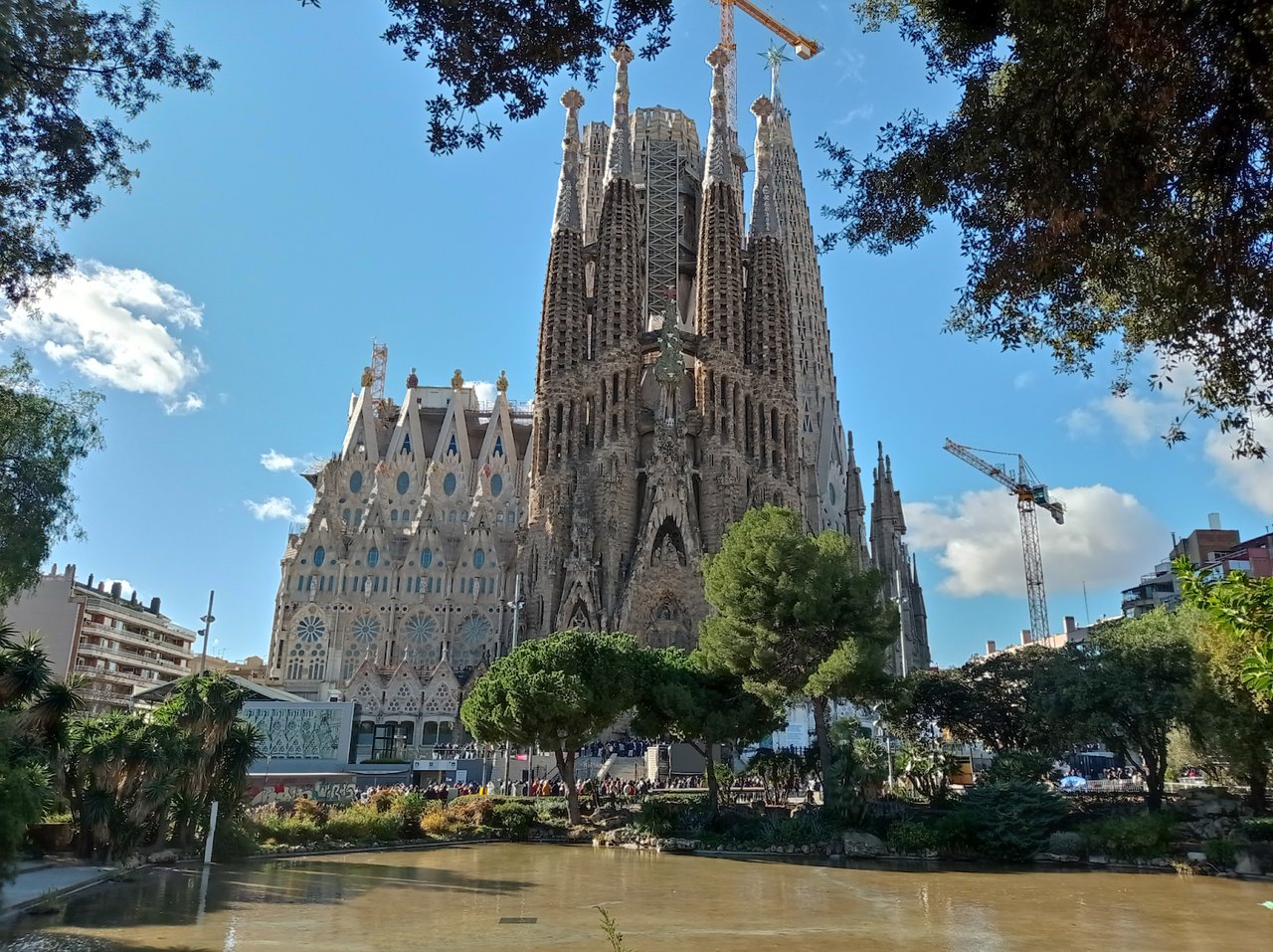
Sagrada Família
Antoni Gaudí was a visionary architect known for his unique style that fused Gothic, Art Nouveau, and organic forms. Born in Reus, Gaudí’s works were inspired by nature, and he often incorporated intricate details, curves, and vibrant colors into his designs. His most famous project, the Sagrada Família, remains unfinished to this day.
Famous Works: Sagrada Família, Park Güell, Casa Batlló. Gaudí’s designs have become iconic symbols of Barcelona and Modernist architecture.
You can explore his works throughout Barcelona.
10. Francisco de Zurbarán (1598–1664)
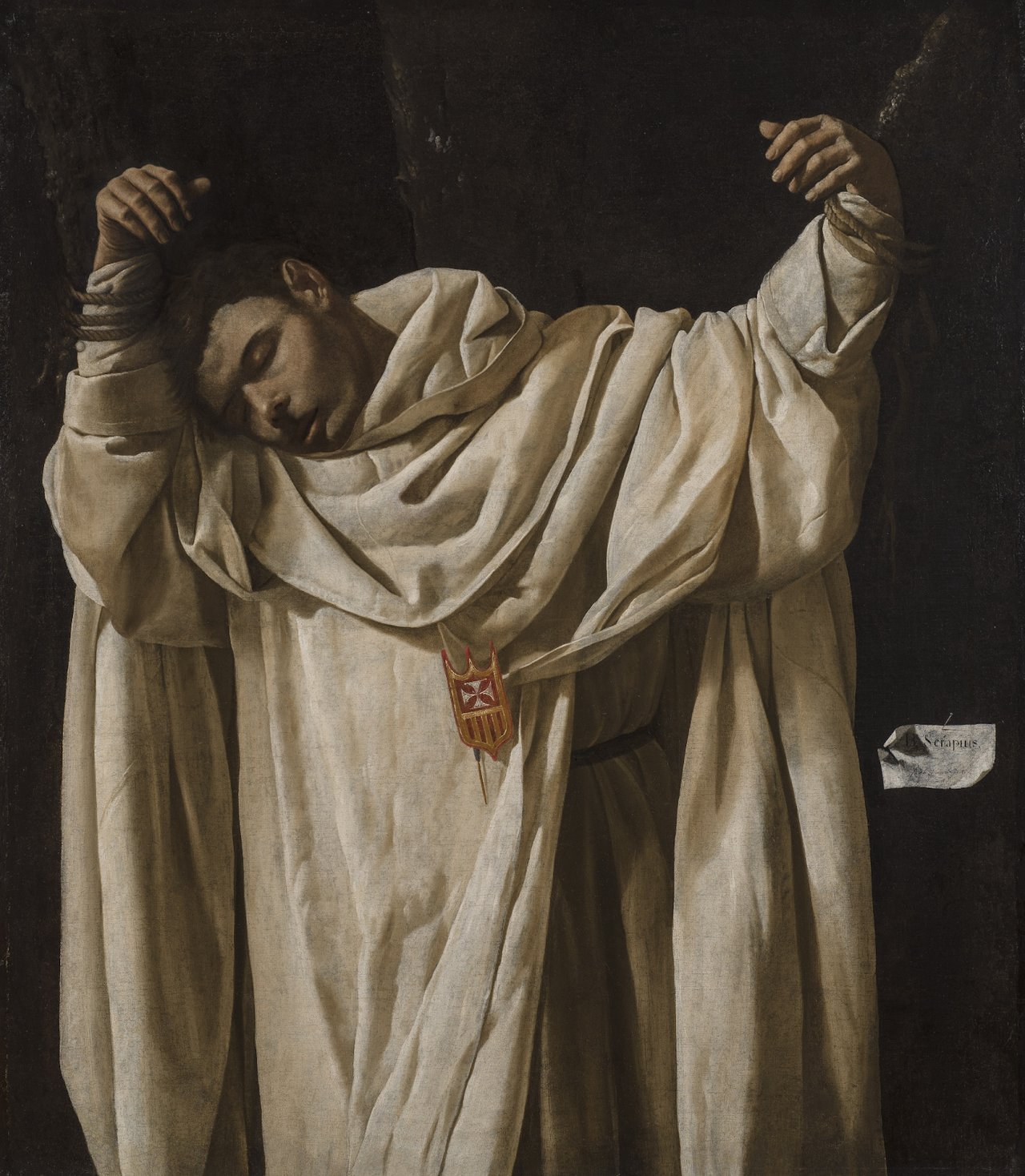
Saint Serapion
Francisco de Zurbarán was a master of religious paintings, known for his striking use of chiaroscuro (light and dark contrast) and somber realism. Born in Fuente de Cantos, his works focused on religious themes, often depicting monks, saints, and martyrs with a deep sense of spirituality and devotion.
Famous Works: Agnus Dei, Saint Serapion, The Crucifixion. Zurbarán’s art became a hallmark of Spanish Baroque, celebrated for its meditative quality.
Many of his works are housed in the Prado Museum in Madrid.
Conclusion
Spain's art scene is truly a gift to the world, with iconic figures like Velázquez, Goya, Picasso, Dalí, and Miró shaping artistic history. Other masters, like Joaquín Sorolla and Francisco de Zurbarán, also add to Spain’s rich legacy. Visiting museums in Spain is affordable, with most charging between €10 to €15, and many offer free entry on certain days.
For the best art experience, Madrid and Barcelona are must-visit cities, while Toledo and Figueres are also fantastic for specific artists like El Greco and Dalí. Spain is perfect for any art lover!
FAQs
Who is the most famous artist from Spain?
Pablo Picasso is arguably the most famous artist from Spain. He revolutionized modern art with his development of Cubism and left a lasting legacy through iconic works like Guernica, Les Demoiselles d'Avignon, and The Weeping Woman.
Who were the big 3 of Spanish art?
The "Big 3" of Spanish art are Diego Velázquez, Francisco Goya, and Pablo Picasso. These artists represent key moments in art history, from Velázquez’s Baroque masterpieces to Goya’s Romantic works and Picasso’s innovations in modern art.
Which Spanish artist is known for painting murals?
Joan Miró is known for his murals, especially his work with vibrant abstract forms and surrealist elements. One of his famous murals is Wall of the Moon at UNESCO headquarters in Paris.
Which artist worked for the king of Spain?
Diego Velázquez was appointed as the court painter for King Philip IV of Spain. His role involved creating portraits of the royal family and important historical scenes, including his masterpiece Las Meninas.


